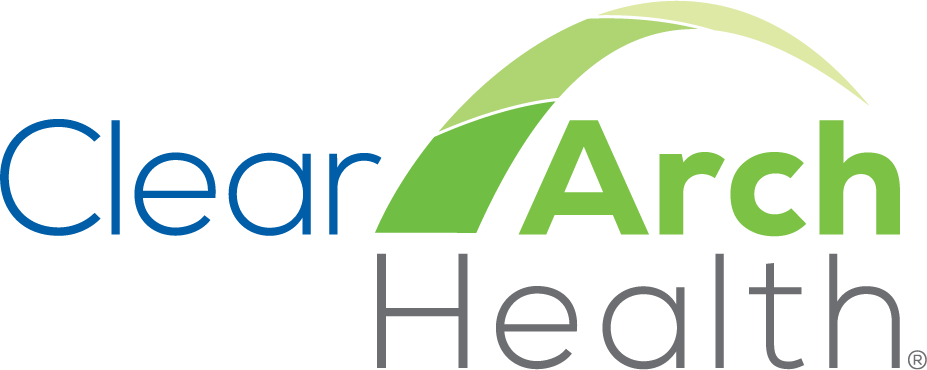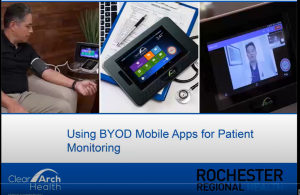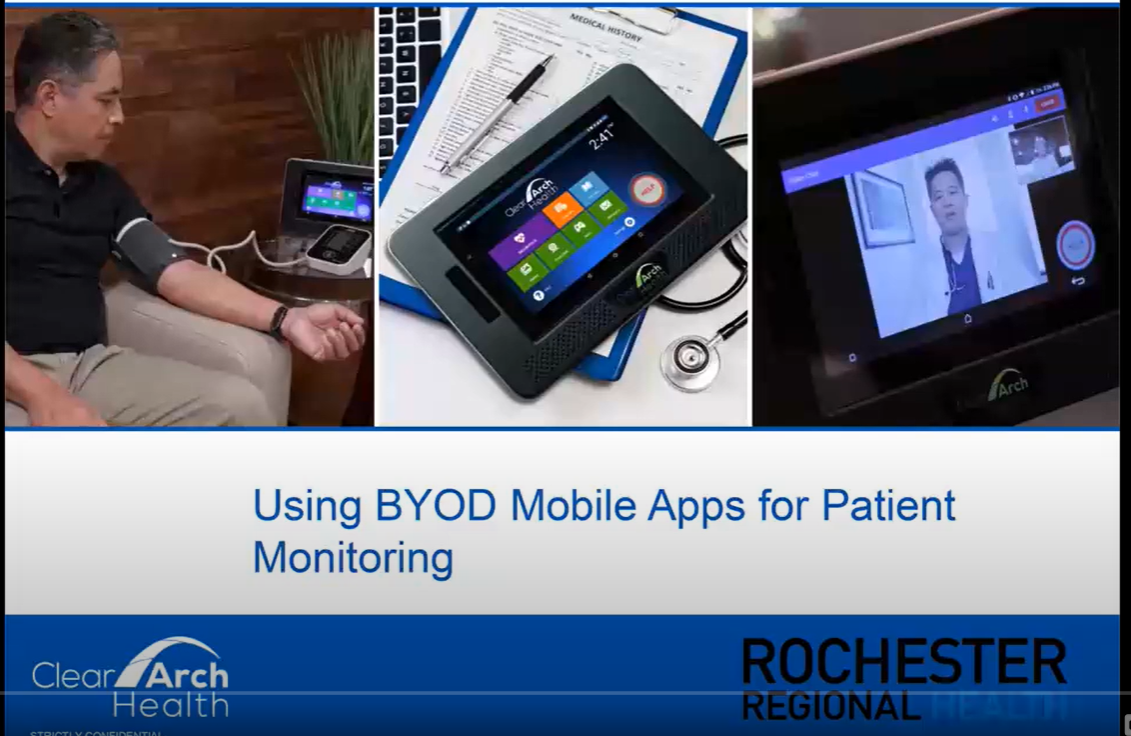Remote Patient Monitoring programs have been leading the charge to leverage mobile technology and portable digital devices to successfully monitor patients outside of traditional hospital settings.
At first glance, remote patient monitoring (RPM) programs offer an inventive and innovative solution to the challenge of hospital admissions, readmissions, and overall healthcare costs. But, upon taking a close look, the role clinicians play in assessing and evaluating patient data to increase patient engagement is an exceedingly essential component to achieve better healthcare outcomes.
Opportunities to Improve Patient Engagement
According to Birnbaum et al. (2015), patient engagement is a term used to describe enhancing a patient’s ability to fully participate in their own healthcare by equipping the patient with knowledge and support that can improve healthcare outcomes.
Patients who actively participate in their healthcare demonstrate greater self-management. This translates to a willingness to adopt preventive measures and make lifestyle changes, ultimately improving their well-being.
Remote patient monitoring, along with digital peripherals, is progressively marketed as a method to facilitate patient engagement through self-monitoring. The clinical data submitted by the patient offers clinicians the opportunity to encourage behavioral changes while empowering the patient to take ownership of their own healthcare journey.

Clinical Support and Data-Driven Coaching
While many patients proactively make positive changes while in the hospital, many fail to maintain these adaptations once they return to their home environment. Remote patient monitoring programs & telehealth solutions give patients the opportunity to stay engaged.
The use of digital devices provide patients with an overview of their health status, while the relationship with their clinician provides them with the added guidance to better understand their healthcare data.
It has been proven that patients who are actively involved in their own health care are more likely to adhere to treatment regimens which can decrease hospitalizations and readmissions.
By building and maintaining a healthy relationship with the patient, the clinician can proactively address concerns as well as provide education about the importance of collecting data to improve healthcare outcomes. Ultimately, having an innovative pathway to remain connected to patients in between their healthcare visits helps clinicians to encourage their patients to adhere to treatment plans and, thus, improve their overall health. RPM-driven encounters offer clinicians the opportunity to educate patients on how to properly use digital devices to collect their health data.
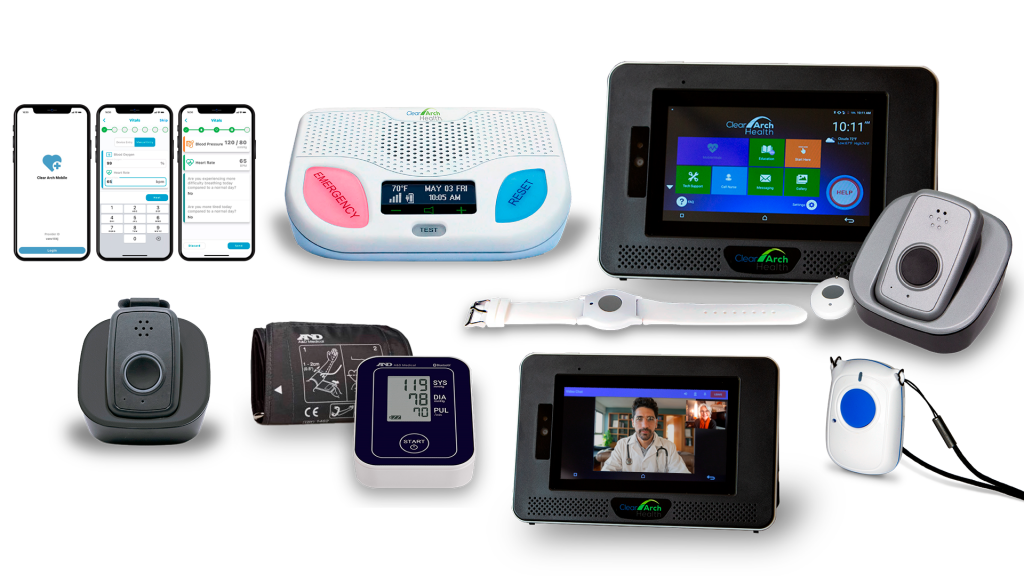
Remote patient monitoring programs give clinicians the opportunity to provide clinical oversight to high-risk or compromised patients, especially those patients who transition from a hospital to a home environment. By empowering and supporting patients in disease self-management, clinicians can help patients gain a better understanding of their disease, prognosis, and treatment plans. Remote Patient Monitoring programs provide a pathway for clinicians to focus on improving patient engagement in between doctor’s visits, treatment procedures and hospitalizations.
Clear Arch Health and RPM Solutions
The Clear Arch Health Remote Patient Monitoring solution utilizes digital Bluetooth devices such as home monitoring blood pressure devices, blood glucose meters, scales, and spirometers to collect patient data which is relayed to the patient and uploaded to a web-based clinical dashboard.
The use of digital health devices adds great value to healthcare delivery by providing the necessary data for clinicians to utilize as a part of their efforts when connecting with patients about their health.
Many high-risk patients participate in remote patient monitoring program to merely improve one or more of their health diagnoses; though, clinicians use this opportunity to meaningfully improve the overall health and wellness of patients in a managed population.
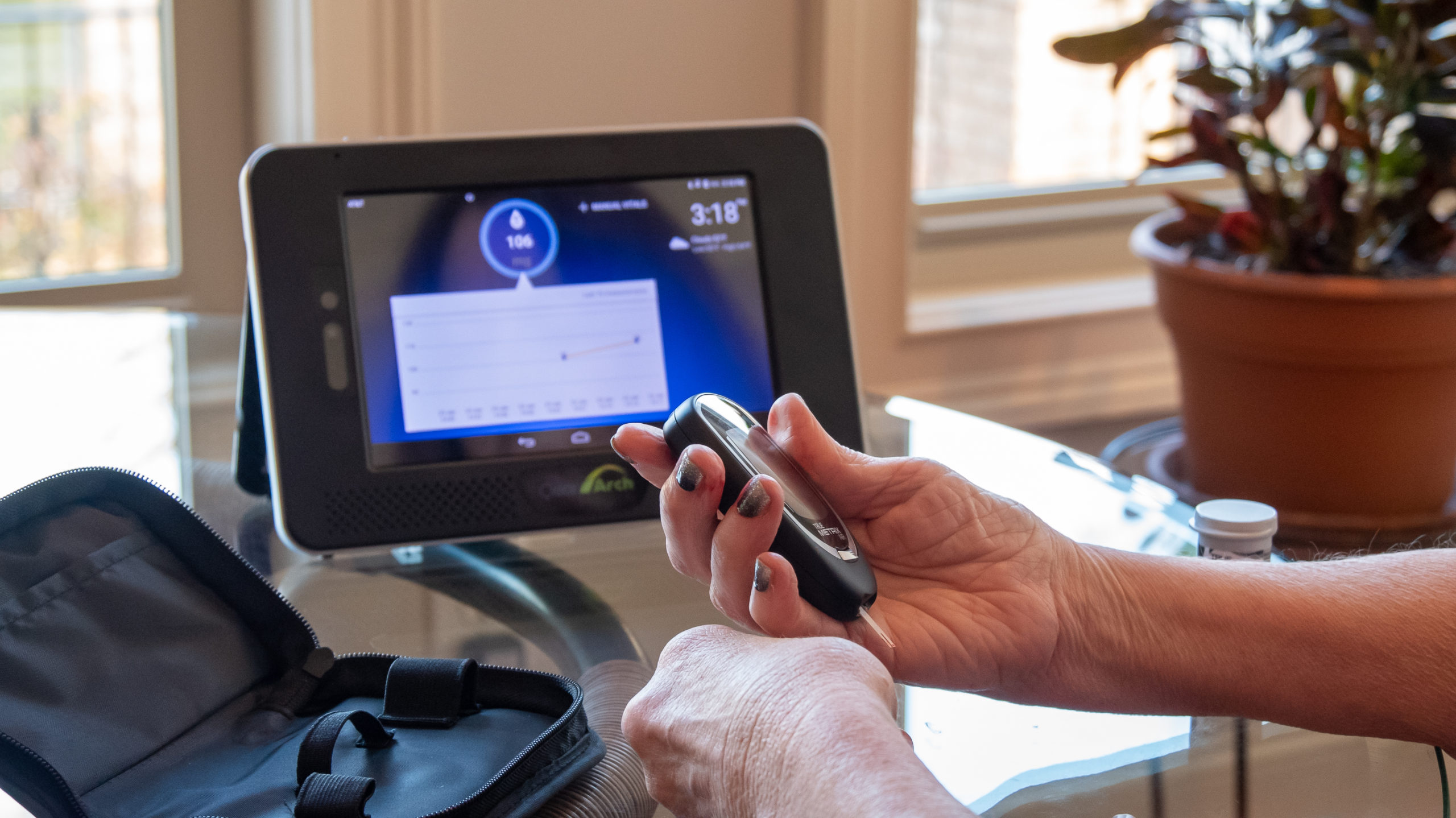
Remote patient monitoring programs by Clear Arch Health are so much more than obtaining a blood pressure or blood glucose reading to provide clinical data, innovative programs such as remote patient monitoring allow clinicians to sustain healthy relationships with patients with the goal of improving patient engagement and healthcare outcomes while reducing healthcare costs.
In these trying times, it is even more apparent that healthcare organizations must reframe their health care model and approaches to care to better serve patients. Although there are many ways to accomplish this goal, remote patient monitoring programs have proven to be an effective way for clinicians to simply do what they do best: Improve the lives of patients.

